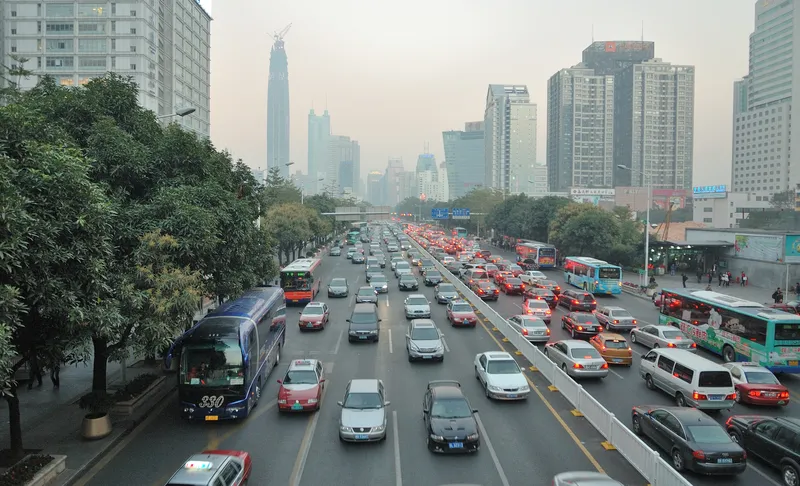Washington State Department of Transportation (WSDOT) has replaced the old high-pressure-sodium (HPS) lighting system along Highway 101 with the state’s first light-emitting-diode (LED) lighting system. “This is the first time we’ve used LED lights on a state highways and for most drivers, it will be quite a change,” said John Nisbet, WSDOT state traffic engineer. “LED lights appear whiter and brighter than our standard lights. And those who travel the area late at night will see some lights dimmed or shut
March 1, 2013
Read time: 2 mins
“This is the first time we’ve used LED lights on a state highways and for most drivers, it will be quite a change,” said John Nisbet, WSDOT state traffic engineer. “LED lights appear whiter and brighter than our standard lights. And those who travel the area late at night will see some lights dimmed or shut off completely.”
Nisbet said the LED system uses new, state-of-the-art technology known as an “adaptive system.” This will allow WSDOT crews to remotely adjust the light levels and turn individual light poles off when traffic levels are low. These adaptive features have the potential to decrease costs and provide environmental benefits while maintaining adequate lighting levels.
WSDOT expects the LED system to last 15 years and the technology with dimming controls will reduce energy usage to the 88 light poles by 1.7 million kilowatt-hours of electricity and save more than US$75,000 in maintenance and operating costs, when compared to an HPS system.
“Over the next 22 months, we will look at how the lights function and analyze the cost savings at this location,” Nisbet said. “That information will help us build a plan for more LED lights across the state. We have close to 60,000 lights on the state highway system and more LEDs could translate into significant energy and cost savings.”










